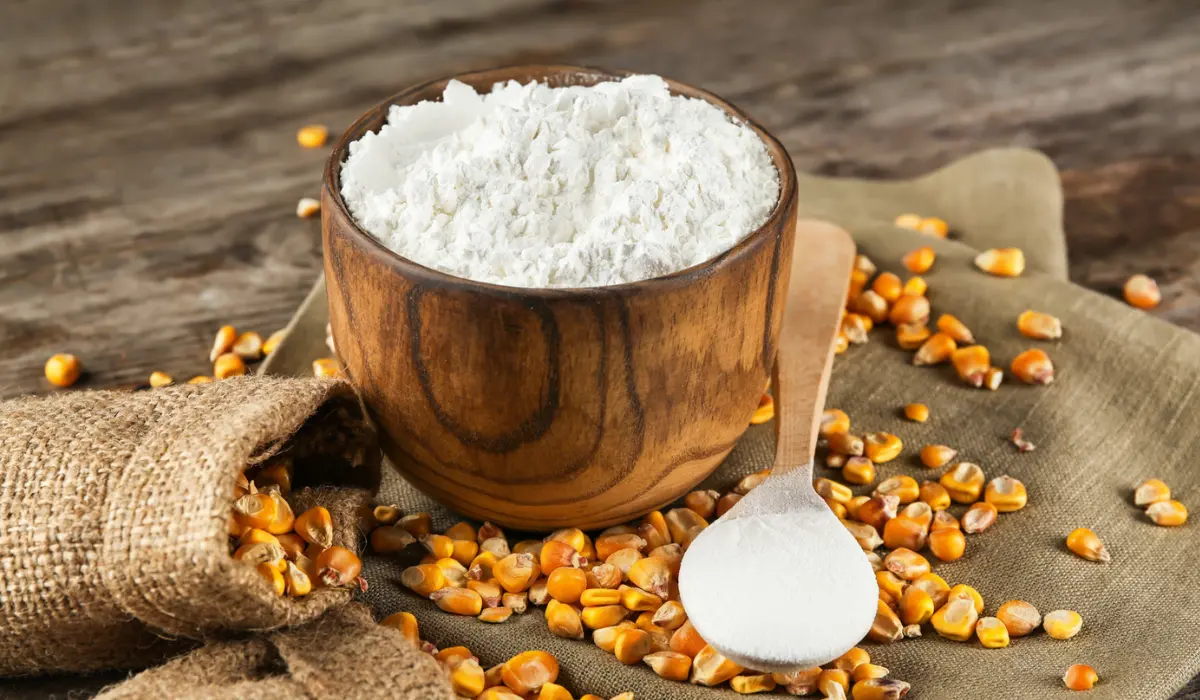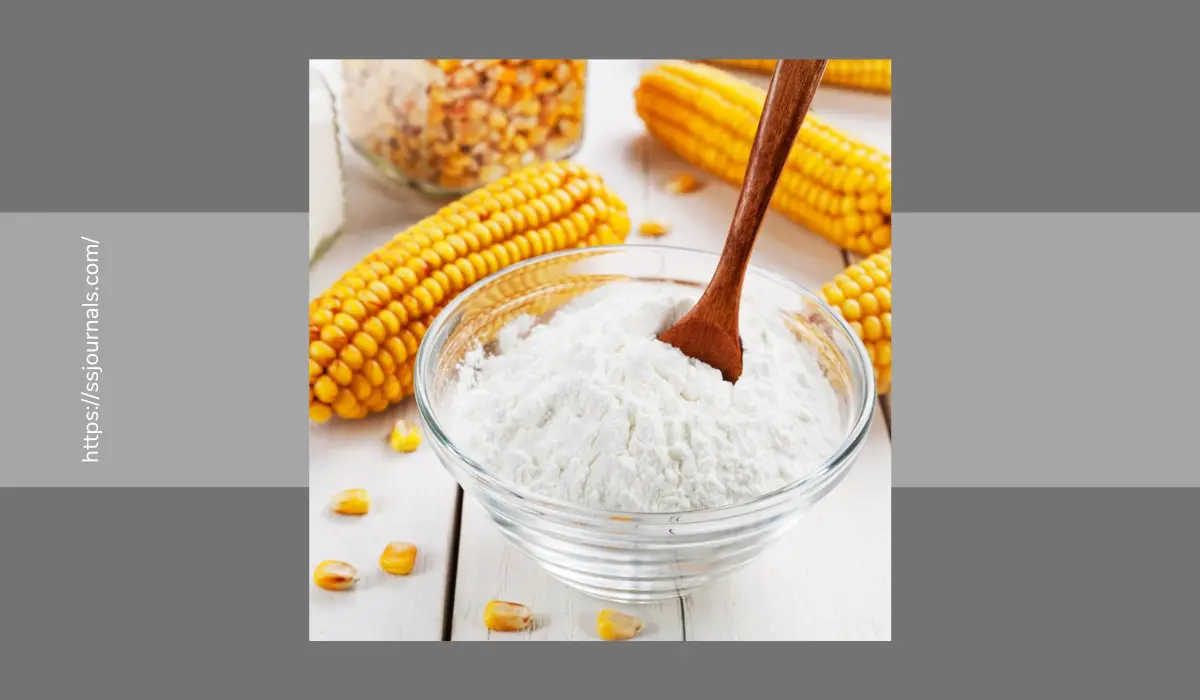Hey there! Is cornstarch safe for a Gluten-Free diet? Let’s get real and find that out. Here comes cornstarch—the handy kitchen thickener!
Making Sense of Cross-contamination Navigating Your Gluten-Free Kitchen Whether experienced or new to gluten-free cooking, our recipes are as safe as they are delicious. Let’s peel back the layers of cornstarch, making it easier for you to enjoy life gluten-free.
Understanding Gluten And Its Implications

It is critical to know what gluten implies for people who suffer from gluten-related disorders before investigating whether or not maize starch is gluten-free.
Wheat, as well as wheat-associated grains such as barley and rye, contain the proteins that are considered glutens. Celiac disease is a condition in which gluten consumption by an individual provokes an autoimmune reaction leading to a malady of the small intestine.
What Is Cornstarch?
Now, let’s talk cornstarch basics. It’s that fine, powdery stuff we use to thicken sauces, and soups, and make our desserts extra delightful. It comes from the endosperm of corn kernels and has this magical ability to make things nice and thick without adding any distinct flavor.
Cornstarch is born from the endosperm of corn kernels through a series of steps. This involves soaking corn in a solution, separating the parts, washing, and drying. The result is a white powder mainly made up of starch molecules called amylose and amylopectin.
The good news for those living gluten-free lives is that cornstarch is naturally gluten-free. The process of making it rids it of gluten, as corn’s endosperm doesn’t contain any to begin with. But this gluten-free status depends on how careful the manufacturing process is to avoid cross-contamination.
However, there is a possibility of cross-contamination with gluten due to its processing with other grains like wheat. Cornstarch products may contain some traces of gluten since they can be processed with other multiple-ingredient facilities that involve gluten-containing grains. Persons suffering from celiac disease should only choose “gluten-free” labeled cornstarch products to minimize their risk even more.
People should be skilled at ‘ reading’ the labels to choose accurately. Clearer labeling practices are emerging in manufacturing with increased awareness about gluten-related disorders. For cornstarch, it is safer to choose products that explicitly label themselves as “gluten-free” to minimize the chances of cross-contamination.
Substitutes For Cornstarch
For those who like to play it safe or are super sensitive to even tiny amounts of gluten, there are alternatives to cornstarch. Tapioca starch, arrowroot starch, and potato starch are friends in need, offering similar thickening powers without the gluten risk. It’s all about having choices that fit your dietary needs.
Now that we’ve given cornstarch the gluten-free green light, it’s time to celebrate its role in gluten-free cooking and baking. From helping thicken sauces to giving that perfect texture to your gluten-free bread, cornstarch becomes your kitchen ally, making sure your creations are not just safe but delicious.
The Bottom Line
In a world where gluten awareness is growing, so is the commitment of food makers to cater to those with gluten-related issues.
By keeping an eye on labels and understanding where our ingredients come from, we can confidently welcome cornstarch into our gluten-free culinary adventures. It’s not just a thickener; it’s a reliable partner in creating tasty gluten-free delights in our kitchens.
FAQ
yes, cornstarch is free of gluten. This is derived from the non-glutinous endosperm of corn. Yet, potential contamination through manufacturing should be taken into consideration.
Cross-contamination is like a culinary mix-up. It happens when the place making your cornstarch also handles gluten-containing grains. While cornstarch itself is gluten-free, we want to be cautious about any sneaky traces of gluten that might tag along.
Look for the golden words: “gluten-free” on the label. It’s a sign that the folks making the cornstarch took extra steps to keep it away from anything glutenous. It’s your safety seal.
Sure thing! Tapioca starch, arrowroot starch, and potato starch are like the cool cousins of cornstarch. They do the thickening magic without any gluten worries, giving you more options for your kitchen adventures.
Absolutely! Cornstarch is like a superhero in gluten-free baking. It helps create that perfect texture in your bread and desserts without bringing any gluten to the party.

